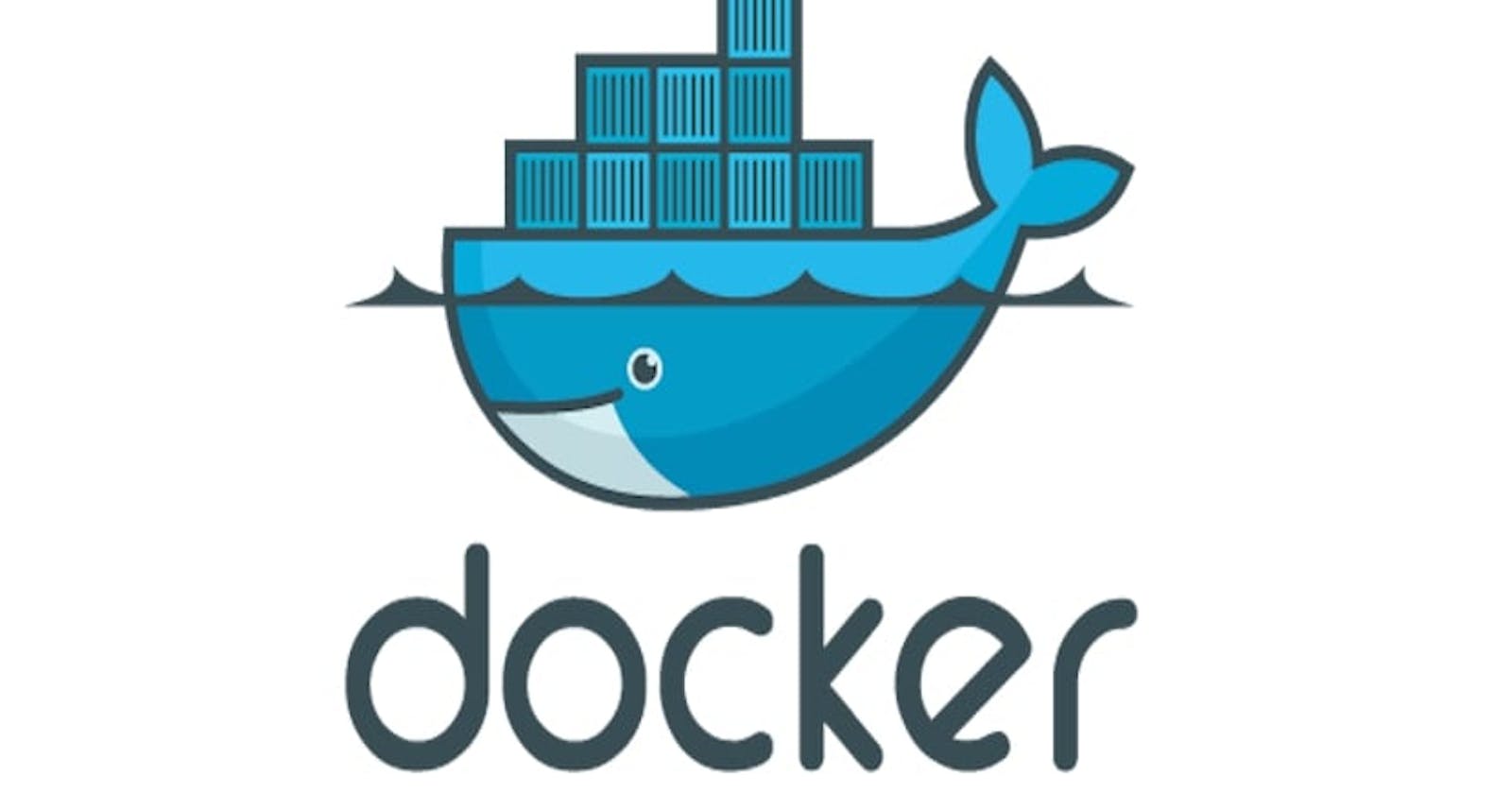This post is to complement this article on how to get started with docker. We will be deep diving a bit and exploring what docker has in store for us. For the sake of consistency, I'll start from the ground up. You can skip to the main part if you know how to set up Docker with Nodejs.
Let's Take a Dive

Agenda
🎯 Setup 🎯 Interactive Shell 🎯 Data Persistence (volumes and nodemon hot reload) 🎯 Data Sharing between Container and Local machine
Setup
Lets setup our NodeJs server and dockerize it.
In your index.js file write the following lines of code:
const express = require('express');
const app = express();
const port = process.env.PORT || 4545;
app.use(express.json());
app.get('/', (req, res) => {
res.send('Hello World!');
});
app.listen(port, () => {
console.log(`Server is running on port ${port}`);
});
Next, add the Dockerfile and add the following line:
Activate your Docker Desktop

We can build our image now.
docker build -t node-devto .
check the image built
docker image ls
Let's run our container from the built image
Run: docker run -v $(pwd):/app -p4000:4545 -d --name node-api-devto node-devto
Let's test our running container
Interactive shell
Let's open our running container in interactive shell mode
docker exec -it [container id or name] bash
docker exec -it 4b73a54c50e6 bash
Let's see folders and files in our container
Exit the interactive shell using: exit
Creating Files in container
We can create files in our container and as we will normally interact with our terminal
Data persistence
If we change anything in our express server, for instance the response we are sending to our client. let's change the response from Hello World! to Hello Docker!. To update our code, we delete the running container, change our code and rebuild the image.

If we refresh our browser again, we see the changes
The process above can be cumbersome. To avoid rebuild our images for every little change that we make, we make use of volumes, that allows us to have persistence data,[bind/mount] this allows us to sync data in our local filesystem[folder] to our container file system[folder]
First, let's install nodemon as a Development Dependencies to help restart our server automatically on change.
🐋 Install nodemon
🐋 Edit the package.json to run dev script
🐋 Reconfigure our Dockerfile
🐋 Let's Rebuild our image
🐋 Next, we run the container from the built image using volume and bound/mount
Now let me change our Server response to Hey, we made it. Save the code base
Refresh our browser.
Yippee, it works! We no longer need to rebuild every time we want to see changes.
Data Sharing between Container and Local machine
Lets open our interactive shell again
We can create files from our container and it will appear on our local file system
Conclusion
I hope this post was helpful. Stick around for more useful docker commands, how to use docker-compose, running services and work-around in my next post
References
Docker Tutorial for Beginners Docker Learn Docker - DevOps with Node.js & Express





















